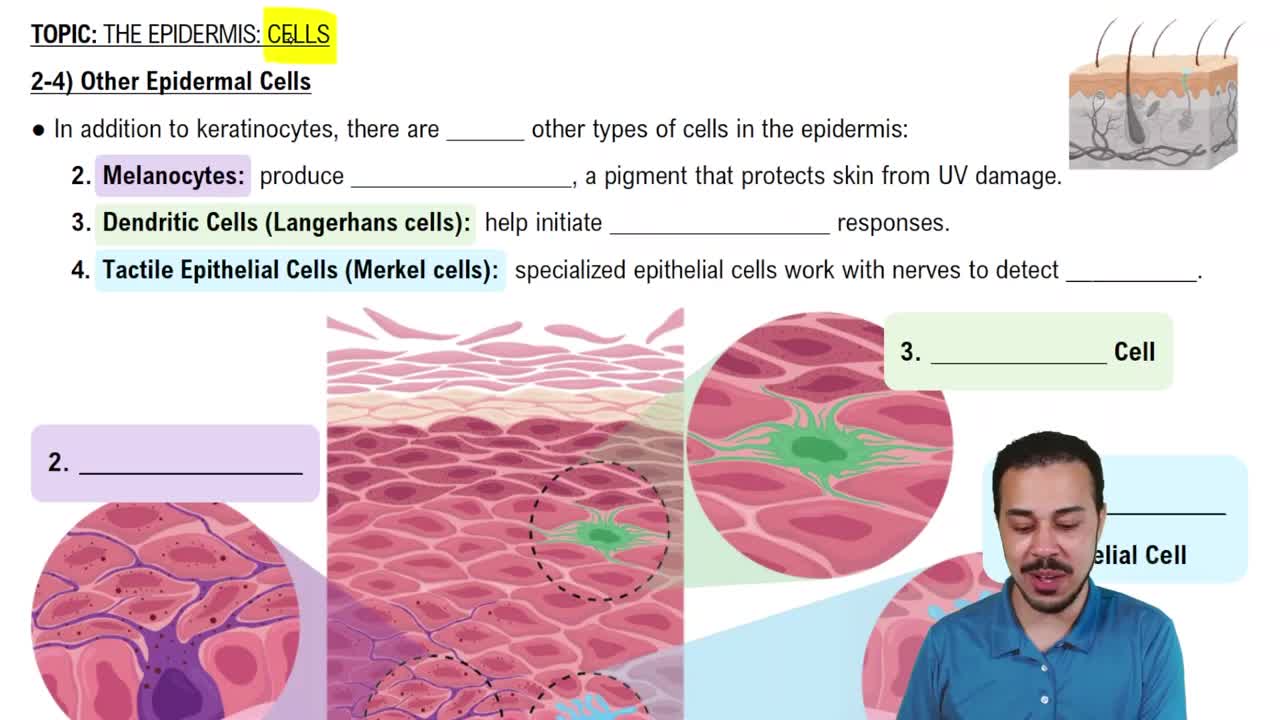Mark the following statements as true or false. If a statement is false, correct it to make a true statement.
The auditory canal is separated from the middle ear by the round window.
 Verified step by step guidance
Verified step by step guidance Verified video answer for a similar problem:
Verified video answer for a similar problem:

